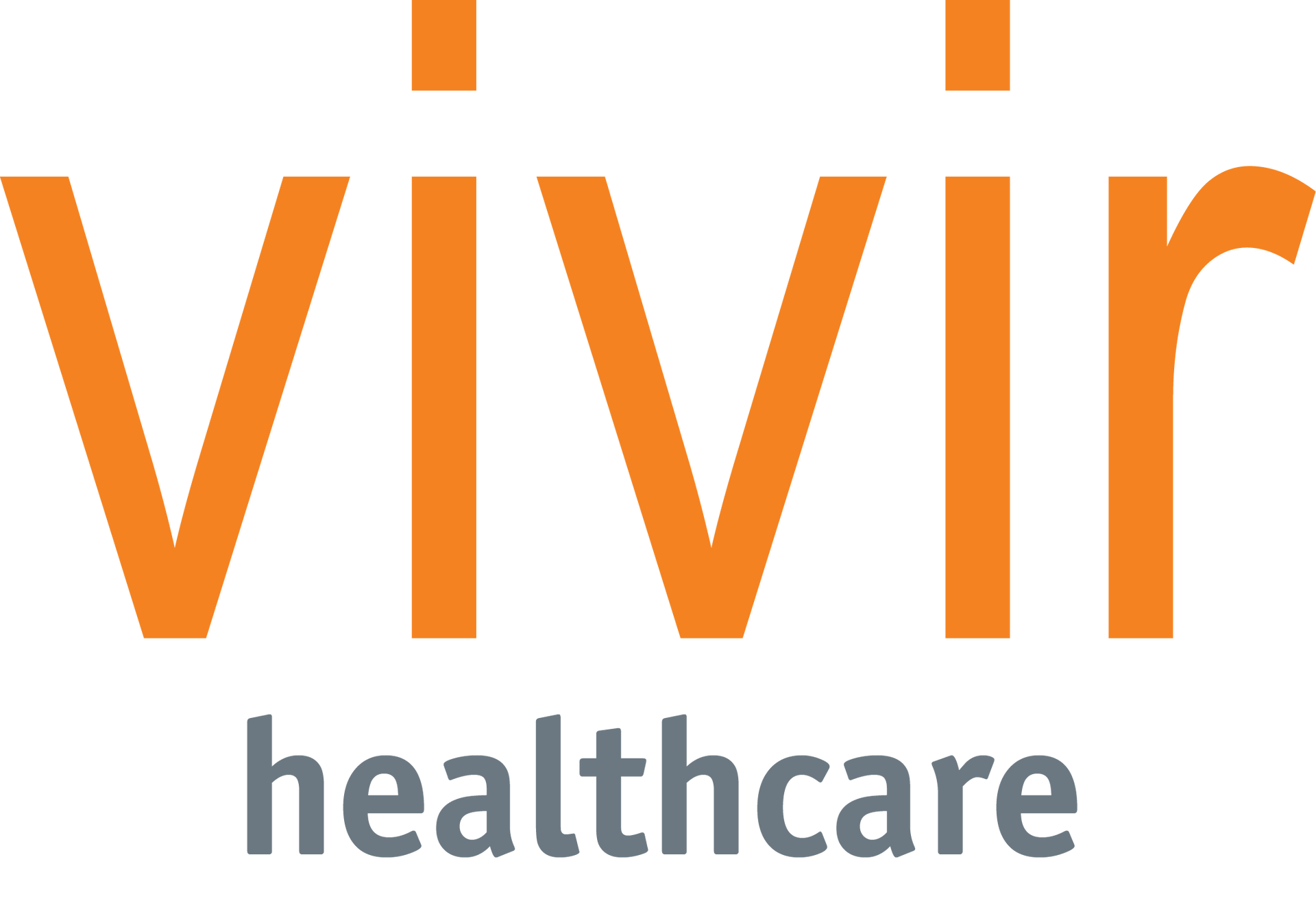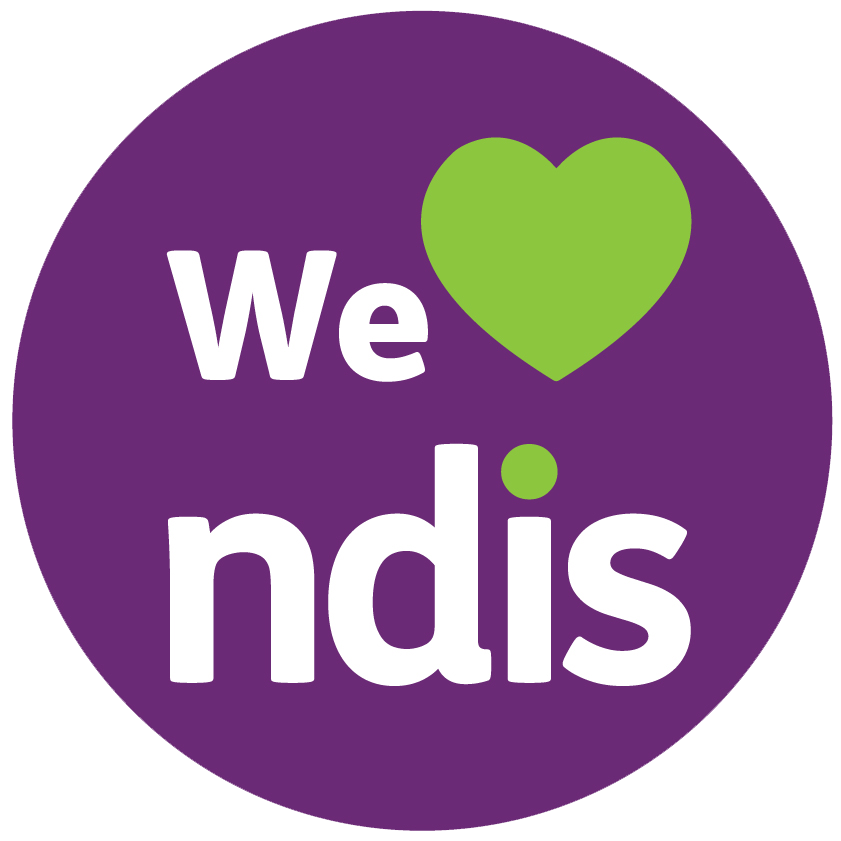Career Progression & Development Opportunities at Vivir Healthcare - Interview with our Clinical Services Manager Tyler Burrowes
At Vivir Healthcare we are very passionate about career progression and development for our clinicians. We believe in creating an environment of continuous learning, providing our clinicians with practical experience in different areas of allied healthcare support services, and championing learning from one another’s disciplines is what makes us unique. We sat down with our Clinical Services Manager Tyler Burrowes to learn more about his personal career development journey, from locum clinician to becoming a member of the Vivir Healthcare senior leadership team.
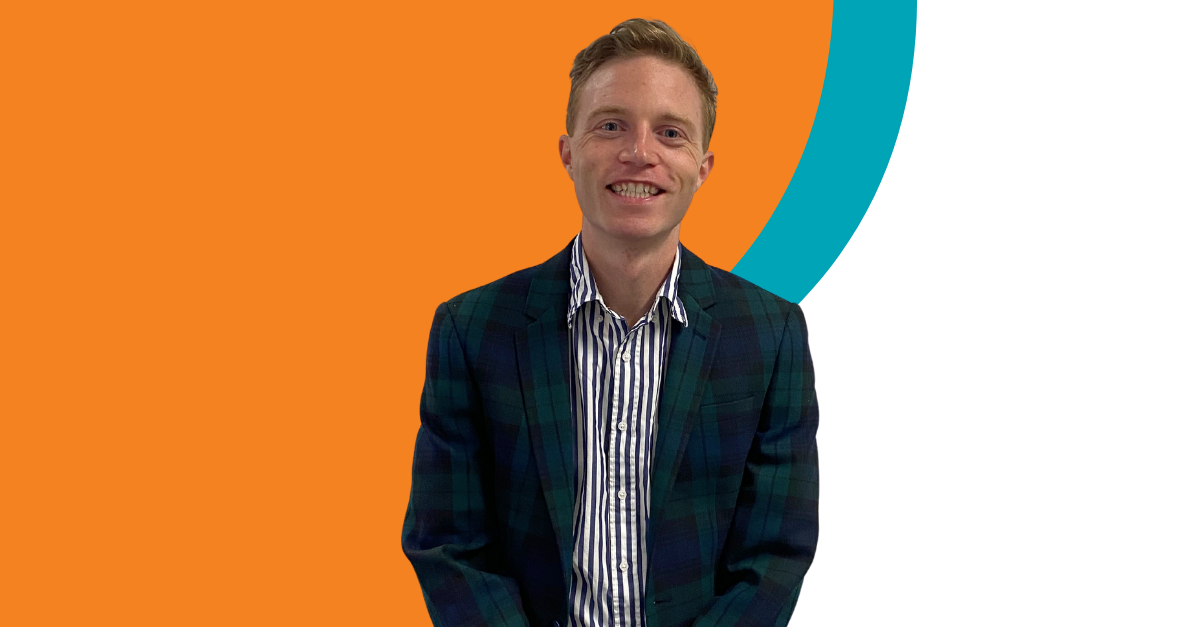
1. Can you walk us through your journey at Vivir Healthcare, highlighting key career progression points and development opportunities you've experienced that has help you in your current position today as Clinical Services Manager?
In March 2019 I joined Vivir Healthcare to work clinically as a locum across regional NSW and Queensland. Then in June 2019, I settled in Canberra - initially for six weeks, then three months, then permanently. In June 2020, I took an opportunity to become ACT Clinical Team Leader, and then in March 2021, I became a Regional Operational Manager for Southern NSW. I soon realised that Business Development wasn’t for me, and in June 2021 I joined Vivir’s Shared Services Team where I provided centralised support to the Clinical team and also led our COVID task force to promote safe clinical practice during a very challenging period.
After a great two years, I left in November 2022 to take a role at the Department of Health. But I quickly missed my contribution to Vivir and shortly after leaving, I decided to combine my day-to-day role at the Department with a weekend project advisory role with Vivir – trying to improve scheduling efficiencies and data integrity. In April 2023, I was given an opportunity I couldn’t refuse, and returned to Vivir to work as a Project Lead – where I advised and consulted independently across the Vivir Healthcare business. Then in February 2024 – I moved back to the Clinical team as our Clinical Services Manager.
But throughout the past five years, I have always taken the opportunity to work at Regional Facilities across NSW, Victoria and SA; and pick-up locum work in areas that are hard to service. As recently as six-weeks ago, I was in Young, NSW – filling in for a clinician on Annual Leave and had the best weekend providing care to residents I hadn’t seen in a very long time!
2. What are your responsibilities in your current role?
As Clinical Services Manager, my job is to lead our Department of nearly 500 clinicians to provide safe and evidence-based clinical services that meets government legislative requirements and the assessed care needs of care recipients across Australia. I directly lead a team of 5 brilliant Coordinators (Diet, Speech, OT, Physio and Residential), who oversee our service lines and are dedicated to making Vivir Healthcare an even better place to work.
3. How have your roles and responsibilities evolved over time at Vivir Healthcare? Can you provide examples of projects or initiatives you've led or been involved in?
Significantly. As a team leader, I tried to bring stability to the Canberra team through continuity of scheduling and a stable work pattern. Then in my Shared Services role and the COVID-19 task force, I looked at trying to improve the safety and efficiency of service during a challenging time. Now in Clinical Services, I am responsible for safe and effective practice, and I take that obligation (and opportunity) extremely seriously. I want Vivir Healthcare to be a place where clinicians feel empowered and supported to provide evidence-based care, whilst growing their clinical and professional expertise.
4. What specific skills or competencies have you gained or enhanced during your tenure at Vivir Healthcare?
In my early days, geriatric care and assessment. Working in the Aged Care sector was very new to me, but I was supported by an excellent team leader in Canberra – and I was empowered to make clinical decisions safely and diligently. More recently, I’ve learned how to effectively manage a project from design to after-care as well as system integration and architecture.
5. Vivir Healthcare is known for its commitment to employee learning and development. Can you discuss any development opportunities you pursued while at Vivir Healthcare? How have these experiences shaped your approach to leadership?
Outside of my role with Vivir, I completed a Master of Public Health majoring in Indigenous Epidemiology between 2018 and 2021. While working in the Shared Services team, I was able to apply my epidemiological knowledge to real-world scenarios with management of our COVID task force.
Specific to Vivir, I have tried to attend every Personal Development (PD) session held! From pressure care, to supplements, swallowing, documentation, ADHD and wheelchair prescription – I feel like I have been to everything. I like that Vivir promotes PD cross-disciplinary, allowing every clinician access to PD that can grow their skills. In the next couple of weeks, we’ll have another remote PD on Child Protection, which I am looking forward to learning more about and seeing many of our clinicians at.
6. One of our company perks is flexible work. How do you prioritise your work-life balance?
Flexible work means different things for different people. For me, I love being at the office. I worked from our parent company RGF Staffing APEJ’s Canberra office after taking on a leadership role at Vivir Healthcare – where I was the only Vivir team member – but learned a ton of industry knowledge and skills from our Peoplebank and Chandler Macleod colleagues.
After taking on the role of Clinical Services Manager, I moved to our Sydney office and have been so fortunate to have been supported by Vivir Healthcare and RGF Staffing APEJ to balance my career aspirations with my personal needs.
Personally, I love long distance running. In my early days, my Manager allowed me to work longer weekdays to support weekend training camps. More recently, the access to RGF Staffing APEJ’s office facilities has allowed me to seamlessly transition between my personal life and exercise routine – into the workspace. I know it seems simple, but little things like this can make a huge difference.
And further to this, many of my clinical colleagues have become great friends over the past five years, and we catch-up regularly when I’m in Canberra. These are friendships that have grown from a Vivir Clinical setting which is fantastic.
7. What does Vivir Healthcare’s mission “We look to improve access to healthcare, so that every person can continue living a meaningful life - wherever they live” mean to you?
It was this mission statement that motivated me in my early days. After two years in Private Practice, I didn’t think I wanted to remain in healthcare. But the opportunity to work as a locum throughout New South Wales and Regional Queensland was so enlightening. From Gayndah to Parkes and Mandurah – I truly had the best time. I found creative ways to deliver exercise and rehabilitation in facilities with limited resources; and the residents made my day more than I could possibly make theirs.
I feel access to care in regional areas is really challenging, and the way that Vivir Healthcare strives to provide the best level of clinical care in regional areas is something that motivated me in my early days and motivates me still today.
8. Which one of Vivir Healthcare’s values, ‘make their day’, ‘say it, do it’, even better tomorrow’, ‘stronger together’ speaks to you the most in your current role and why?
While I relate strongly to each, for me – it is ‘say it, do it’.
Our clinicians, our care recipients and our customers want reliability and certainty. I want Vivir Healthcare to be a great place to work, because people get treated well and know they can grow in their time with us.
9. Why is Vivir Healthcare a great place to work?
I absolutely love working with Vivir Healthcare for more reasons than I have time to list. But for me, Vivir does things the right way. We ensure our regional care recipients and facilities get the same level of care and support as the suburbs. We ensure our staff are well trained and deliver care safely and effectively. We ensure that every staff member has equal access to support and knowledge through their coordinator. And we are an organisation that is trusted in the industry. And, I do my absolute best each day, to ensure that every team member has the opportunity to have the same experience with Vivir that I have had.
Are you interested in joining the team? Check our all our available positions today here.
Want to read more about our Clinicians career journey with Vivir Healthcare? Check out all our blogs here.





